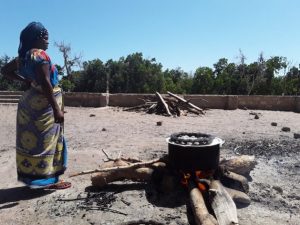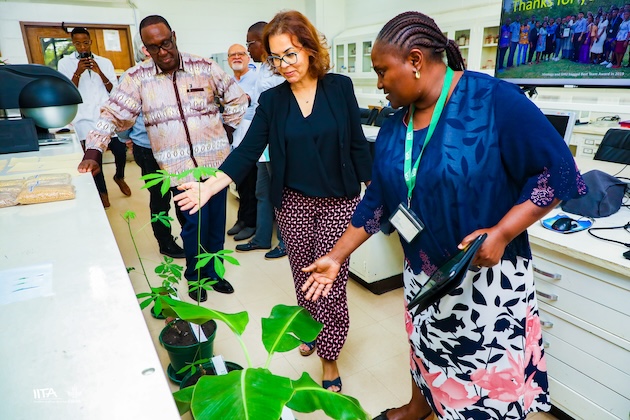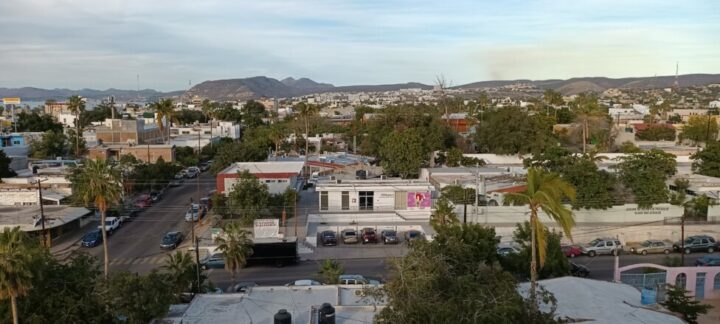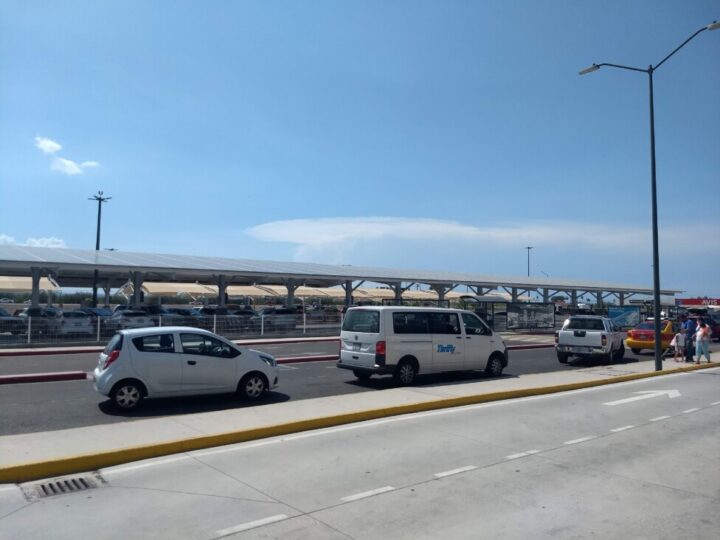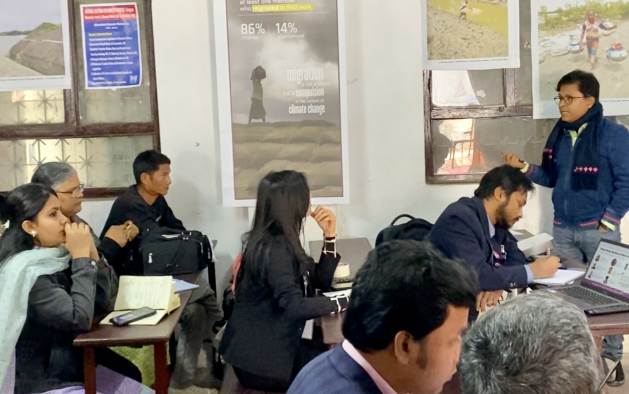MIAMI BEACH, Fla., Feb. 19, 2024 (GLOBE NEWSWIRE) — MCI BPO (MCI), a globally recognized leader in business process outsourcing (BPO) and customer experience (CX) solutions, today announces the acquisition of, BYC Aqua (BYC), a preeminent South African BPO and Call Center CX Quality Assurance (QA) technology and as–a–Service solution. The MCI acquisition furthers MCI's strategic expansion of MCI’s global footprint and enhancement of its tech offerings. The BYC acquisition includes BYC’s Byron Yeats Consulting division.
BYC, headquartered in Cape Town, South Africa, is a rapidly growing global BPO, delivering exceptional Quality–Assurance–as–a–Service (QAaaS) services to a diverse base of over 25 marquee South African, Australian, and United Kingdom enterprise clients. The integration of BYC into the MCI family of companies strengthens MCI's offerings by adding a robust QA technology, artificial intelligence (AI), and human capital services in over 150 languages, including all African regional languages.
Anthony Marlowe, CEO of MCI, expresses MCI’s enthusiasm of the BYC acquisition: “The addition of BYC Aqua to the MCI Group propels our global and technology mission forward in MCI’s ability to offer CX worldwide. BYC Aqua's established client base and exceptional proven performance provides both BYC and MCI clients access to a multi–decade and innovative delivery experience. The Cape Town based acquisition, a location requested by many MCI clients, opens the door to one of the most dynamic and growing CX BPO markets in the world, adding to MCI’s ever expanding multi–national footprint.”
This acquisition brings together MCI's innovative approach and BYC’s deep understanding of the region and substantial cloud offerings, including certain unique AI offerings. This MCI strategic move harnesses the tech–savvy and abundant talent pool that South Africa offers, bolstering MCI's capacity to serve its rapidly it’s marquee global customer base.
“BYC Acqua's dedication to tech–enabled business services, customer experience and quality assurance aligns perfectly with MCI's values and vision,” said Natasha Anthony, BYC Aqua General Manager. “Together, MCI and BYC are redefining the BPO landscape in Cape Town and beyond, offering both BYC’s existing and MCI’s clients a distinct competitive edge in terms of cost savings, competency, data security, performance, and proficiency.”
This acquisition, completed in 2023, successfully afforded clients of both MCI and BYC a seamless transition to now enhanced service offerings, integrating cutting–edge technology with world class customer satisfaction (CSAT). MCI’s acquisition and recent further expansion of BYC facilities ensures material capacity to meet the high demand of MCI’s English–speaking client base. With five million English speakers, and 50% youth unemployment, South Africa is poised to be a material frontier for CX BPO service delivery, and MCI by its BYC acquisition positions itself as a challenger in this growing market.
For further details on how MCI can reduce your call center costs, or for more information about MCI's comprehensive global capabilities, please visit https://www.mci.world/subsidiaries.
About MCI
MCI is an American multinational conglomerate holding company headquartered in Miami Beach, FL, USA. With a diverse lineup of tech–enabled business services MCI’s offering range from Artificial Intelligence (AI), Contact Center Business Process Outsourcing (BPO), Customer Experience (CX) solutions, and Anything–as–a–Service (XaaS) cloud technology applications. MCI organically grows, acquires, and operates companies with synergistic adjacent products and services portfolios. MCI includes service brands BPOaaS, BYC Aqua, Byron Yeats, GravisApps, Gravis Marketing, March East, Mass Markets, MCI BPO, MCI Federal Services, OnBrand24, Sydney Call Centre, Teletechnology, Valor Intelligent Processing, and Vinculum. For more information about the MCI Group, please visit www.mci.world.
Contact Information:
MCI
Email: info@mci.world
Website: www.mci.world

GLOBENEWSWIRE (Distribution ID 9039214)
